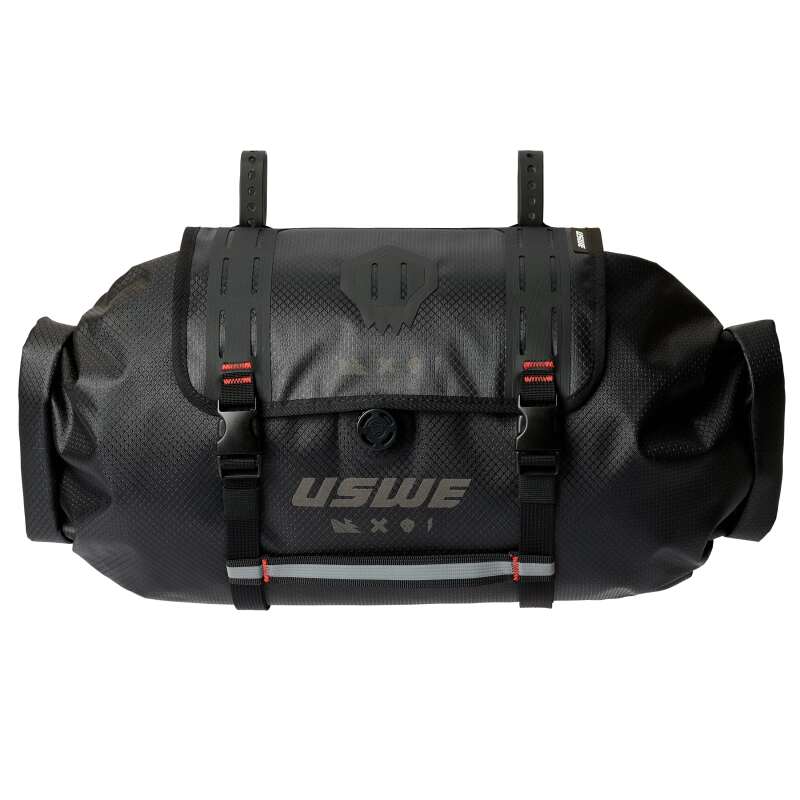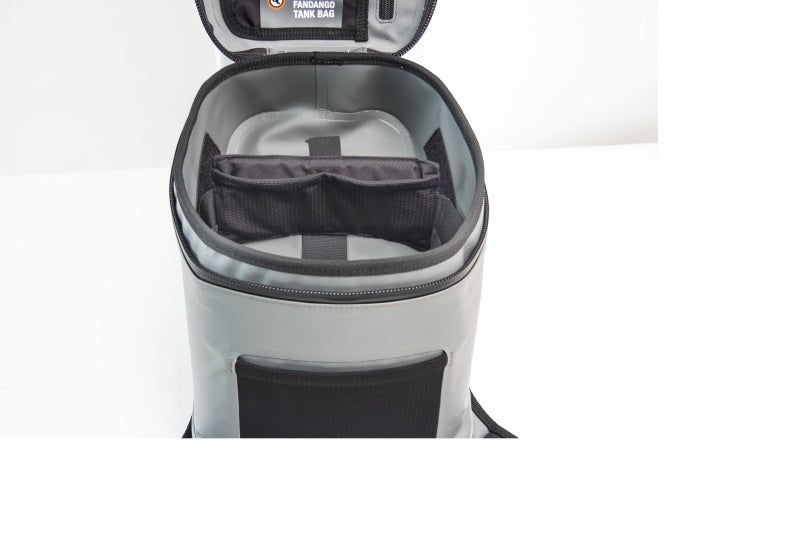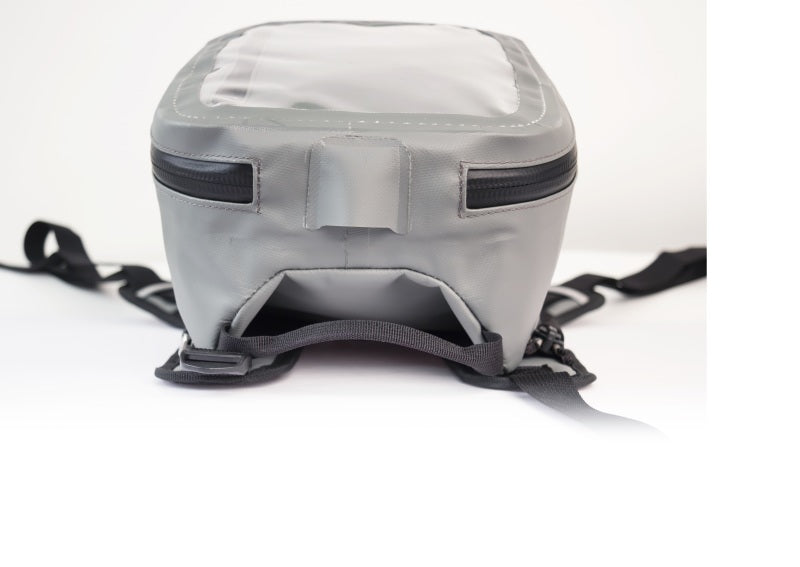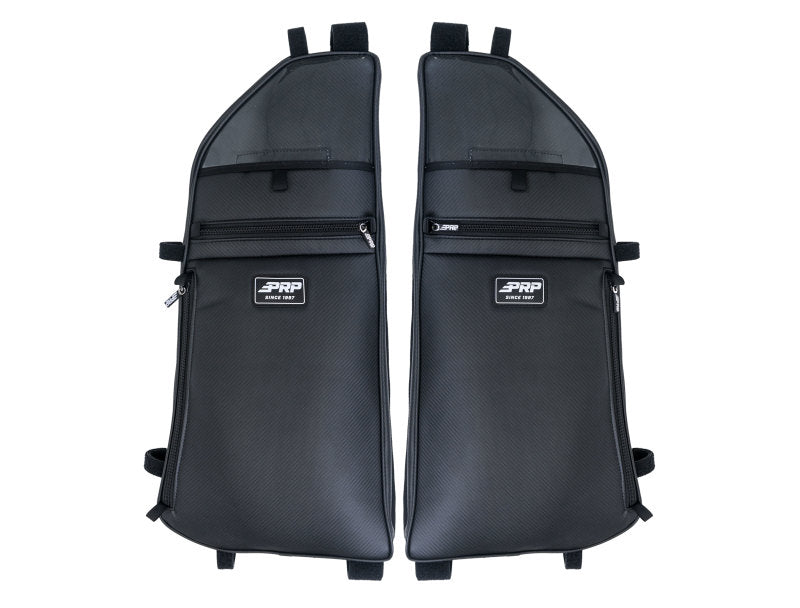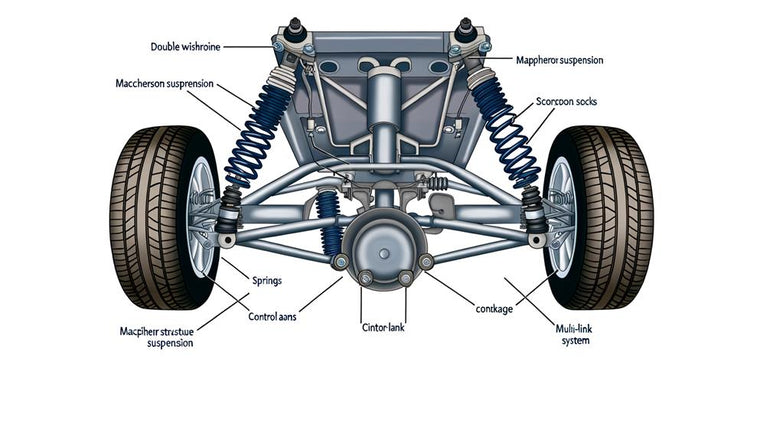You know how cars can drive smoothly on bumpy roads? That's because of something called a suspension system. There are different kinds of suspension systems, and each one is good for different types of cars and driving styles.
Some suspension systems connect the wheels on each side of the car. This affects how the car handles and how smooth the ride is. There are also systems that balance cost and performance, and ones that give better grip on the road and smoother handling.
There are even special types of suspension systems, like MacPherson strut and double-wishbone. Each type is best for certain cars, and knowing the differences can help you pick the right one for your needs.
Key Takeaways
-
There are four main types of suspension systems: dependent, semi-independent, independent, and special types like MacPherson Strut and Double-Wishbone.
-
Dependent suspension systems connect wheels on each side, affecting car handling and ride, and are often used in smaller cars like the Honda City.
-
Semi-independent suspension systems balance cost and performance, making them ideal for small vehicles like the Honda City, offering a middle ground between cost and functionality.
-
Independent suspension systems provide better road grip and smooth handling, making them suitable for high-performance cars and luxury vehicles.
-
MacPherson Strut and Double-Wishbone suspension systems are special types, with MacPherson Strut being affordable and simple, and Double-Wishbone improving car handling and stability.
Dependent Suspension Systems
Dependent suspension systems are used in smaller cars like the Honda City. They connect the wheels on each side of the car, which affects how the car handles and rides.
This type of suspension is popular in smaller vehicles because it's simple and inexpensive. It often uses a special part called a torsion beam, which makes the car lighter and more compact. But because the wheels are connected, what happens on one side of the car affects the other side, which can impact how the car handles and rides.
Dependent suspension systems are also strong and reliable, which makes them a great choice for heavier vehicles like buses and trucks. They use something called live axles to handle heavy loads. While dependent suspension systems mightn't be as smooth or handle as well as other types of suspension, they're a reliable and affordable option for vehicles where simplicity and ease of maintenance are important.
Semi-Independent Suspension Systems
Semi-independent suspension systems, like the Torsion Beam, are a great choice for small cars. They balance cost and performance. You'll often find them in small sedans like the Honda City because they're simple and affordable.
These systems combine the best of two worlds: the simplicity of rigid axles and the complexity of fully independent suspensions. They're a great middle ground between cost and functionality, making them perfect for small vehicles.
Live Axle suspension systems are reliable and can handle heavy loads, making them ideal for buses and trucks. Dead-axle systems are similar but lack flexibility and shock absorption. Semi-independent suspension systems, like the Torsion Beam, offer a midpoint between these two extremes. They provide a functional and affordable solution for small cars.
Independent Suspension Systems
Independent suspension systems are super helpful in high-performance cars. They let each wheel move on its own, which makes the car grip the road better and handle bumps smoothly. This makes the ride more comfortable for passengers.
You often find these systems in luxury cars where good grip and stability are crucial. They're more complex and expensive to make than other systems, but they're worth it for the benefits. One type, called Multi-Link suspension, is great for front-wheel drive cars, giving a smoother ride and better handling at high speeds.
Independent suspension systems can be adjusted for different types of cars and driving conditions to get the best performance. They're a popular choice in high-performance cars where handling and grip are key. Understanding independent suspension systems helps you appreciate the engineering that goes into creating a comfortable and responsive ride.
MacPherson Strut Suspension
MacPherson Strut Suspension is a type of suspension system used in many cars. It's popular because it's affordable and simple. Earle Macpherson invented it, and now it's widely used in the car industry.
| Feature | Description |
|---|---|
| Parts | Upright assembly, shock absorbers |
| Space | Great for small cars |
| Load | Not good with heavy loads |
| Fixing | Easy because of few parts |
| Car Type | Often used in front-wheel-drive cars |
The MacPherson Strut suspension is a great choice for car makers because it's simple and affordable. It's perfect for small cars and works well in front-wheel-drive cars. It's not the best for heavy loads, but it's easy to fix because it has few parts.
Double-Wishbone Suspension
Double-Wishbone Suspension is a better way to make cars handle well. It's an improvement over simpler systems like the MacPherson Strut. This system has two wishbone-shaped arms that help the car grip the road and turn smoothly.
When you turn a corner, the wheel stays straight up and down, which helps the car stay stable. This design makes the car more stable and easier to control when turning. It also makes the car more fun to drive because it responds quickly to what you want it to do.
Many cars use Double-Wishbone Suspension because it helps them handle really well. If you want a car that can grip the road and turn smoothly, this is a great system to have.
Multi-Link Suspension
Premium cars often have Multi-Link Suspension to provide an ultra-smooth ride and precise handling. This suspension type is usually installed on rear tires to boost comfort and grip. However, its complex design can make repairs expensive if something breaks.
Multi-Link Suspension has some great benefits:
-
Each wheel moves freely: This means you'll have a super smooth ride.
-
More alignment options: This suspension type gives you more ways to align your wheels, making your car handle better and stay stable.
-
Better comfort and grip: The design of Multi-Link Suspension helps improve grip and comfort, making it perfect for luxury cars.
Rigid Axle Suspension
Rigid Axle Suspension is a type of suspension found in big, strong vehicles like trucks and off-road cars. It has a sturdy axle that connects to the wheels, making it perfect for carrying heavy loads and driving on rough roads.
Benefits
| Advantages | Description |
|---|---|
| Strong Load-Carrying Capacity | Can carry heavy loads easily |
| Easy to Fix | Simple to maintain and repair |
| Withstands Impact | Handles bumps and rough roads well |
| Stable Ride | Keeps the vehicle steady on uneven roads |
When combined with special springs, Rigid Axle Suspension can make the ride smoother on bumpy roads. However, it's not great for fast driving or sharp turns because of its design. Overall, Rigid Axle Suspension is a reliable choice for vehicles that need to be strong and stable.
Air Suspension Systems
Air suspension systems are special parts found in fancy cars. They use computers to make the car ride smoothly and handle well. These systems are expensive, but they have some big advantages.
One big plus is that they can be adjusted for specific driving conditions. This means the car can handle really well and be super comfortable.
Another advantage is that they can make the ride really smooth. The system adds or takes away air as needed to make the car ride smoothly.
Lastly, you can customize the system to fit your own driving style. This means you can make the car feel just right for you.
Frequently Asked Questions
What Are the Different Types of Suspension Systems?
You're wondering what types of suspension systems are out there? Well, you've got options like multi-link, rigid axle, Macpherson, independent, and rigid with leaf springs, each with its own strengths and weaknesses depending on the vehicle's purpose.
What Is the Best Suspension Type for a Car?
When selecting the best suspension type for your car, you'll need to take into account factors like vehicle usage, comfort needs, and handling preferences, as different types suit different driving styles and conditions.
What Suspension Gives the Smoothest Ride?
When seeking the smoothest ride, you'll find that independent suspension systems, with their ability to isolate bumps, provide the most comfort, followed closely by multi-link and double-wishbone systems, which also offer excellent ride quality.
What Are the Two Most Common Types of Suspension Systems in Use Today?
You're likely to find MacPherson Strut and Double-Wishbone suspension systems in most modern vehicles, as they're the two most common types used today, each offering distinct benefits regarding cost, space, and handling performance.

